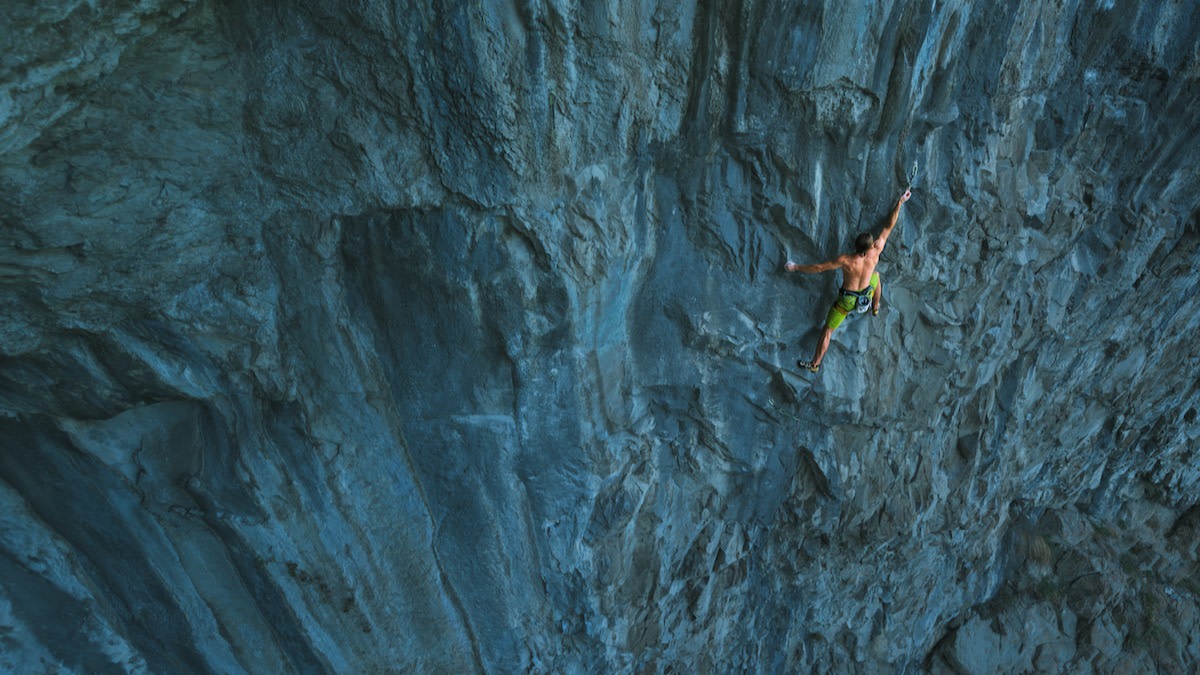Rock Climbing Photography: Tips for Shooting Climbing Photos
Written by MasterClass
Last updated: Jun 7, 2021 • 3 min read
Looking to fill your camera's memory card with breathtaking climbing photos? To become a master climbing photographer, you'll need to hone both your rock climbing and photography skills.
Learn From the Best
What Is Climbing Photography?
Rock climbing photography is a form of adventure photography. Since rock climbing shoot sites are naturally hard to reach, climbing photographers typically need significant climbing experience in order to be successful.
Jimmy Chin on Capturing Dramatic Climbing Photos
12 Climbing Photography Tips
If you’re a beginner climbing photographer, start by mastering the basics.
- 1. Prepare in advance. Have a pre-production meeting to make sure everyone knows what’s happening creatively and logistically. Talk through everything that will appear on camera; determine your equipment needs; and choose the right location, time of day, and crew.
- 2. Practice your ropework. Before you go out on a big wall for a shoot, make sure you're competent in rope rigging and rope management. Learn essential skills such as how to redirect your belay and how to use an ascender to jumar your static line (also known as "jugging"). Sharpening your climbing skills will make you safer during shooting sessions and will help you obtain better shots.
- 3. Scout the climb in advance. Before the main climb, scope out the crag to look for the most compelling vantage points and discover unique rock features like arêtes or splitter cracks. If possible, scout at the same time of day as the actual shoot so you'll be aware of the exact lighting conditions.
- 4. Ask your talent to wear bright clothing. The last thing you want is for your climber to blend into the terrain of the crag, so ask them to wear bright colors that will pop on camera.
- 5. Bring the right gear. In addition to standard photography and climbing equipment, many climbing photographers also use a chest harness and a bosun's chair. This extra climbing gear helps photographers remain comfortable for long periods of time and lean outward for a better perspective.
- 6. Plan the shoot with the climber. If your climbing talent is willing, have them pre-climb their course to get a feel for their movements. Great shots incorporate the climber's face and all four limbs. Refrain from taking shots of the climber resting or chalking their hands in favor of energetic action shots and unique poses. If you're shooting a close-up, try to capture the intensity in the climber's eyes.
- 7. Communicate clearly. Make sure that your crew and talent have what they need so that they can work safely and comfortably. Give clear direction to your talent, so they know what they should be doing, and can give you the performance you’re looking for. If you give verbal directions, make sure to refer to directions from the subject’s point of view (not yours). Another way you can work with a subject to get them to change positions is to use the mirroring method. Ask them to do exactly what you do, as if they were looking in a mirror. That way, you can avoid potential miscommunication with verbal directions.
- 8. Discover the best angle. Shooting from an angle slightly above and to the side of the climber is a great way to capture the climber's face and all of their limbs. It's also important to think about where the climber is in relation to the horizon line.
- 9. Get your hero shots first. If you start with the most difficult shots, you can move on to other shots knowing that your most crucial images are covered.
- 10. Play with different focal lengths. Close-up and wide-angle lenses add variety to your shot selection. Close-up lenses are excellent for capturing the climber's emotions, medium lenses are suitable for most shots, and wide-angle lenses are perfect at showing off beautiful landscapes with a bright blue sky background.
- 11. Give your photos depth. Incorporating a foreground element, such as the texture of a nearby wall, gives your shot perspective and makes it more captivating.
- 12. Shoot a variety of rock climbing styles. Why stick to only one climbing style? Shooting bouldering, trad climbing, multi-pitch climbing, sport climbing, alpine climbing, and ice climbing will give yourself a more diverse portfolio.
Want to Learn More About Photography?
Become a better photographer with the MasterClass Annual Membership. Gain access to exclusive video lessons taught by photography masters, including Jimmy Chin, Annie Leibovitz, and more.
